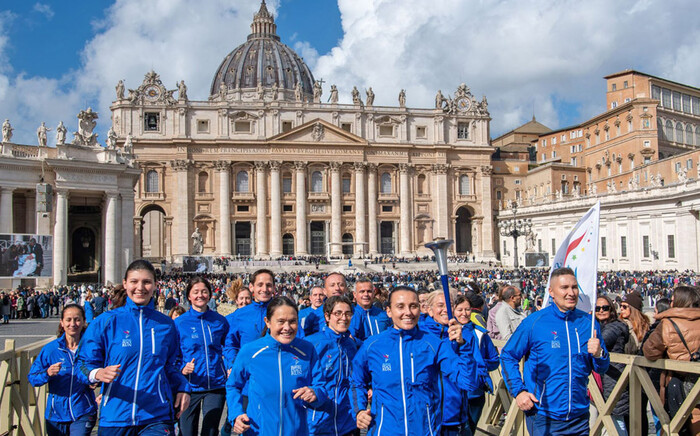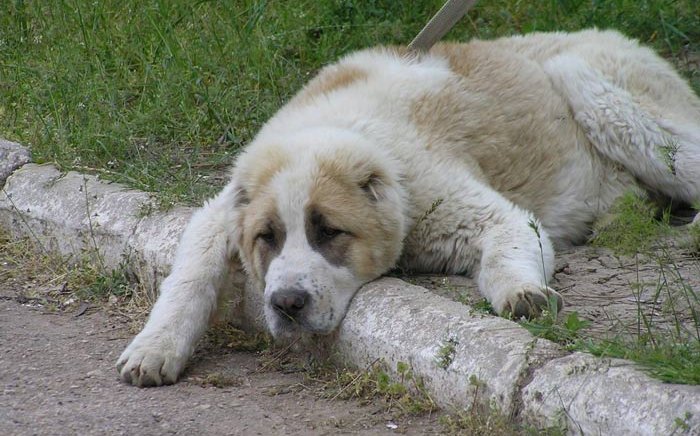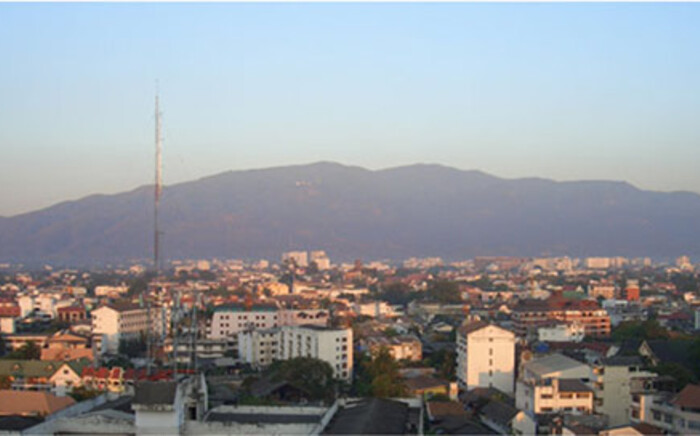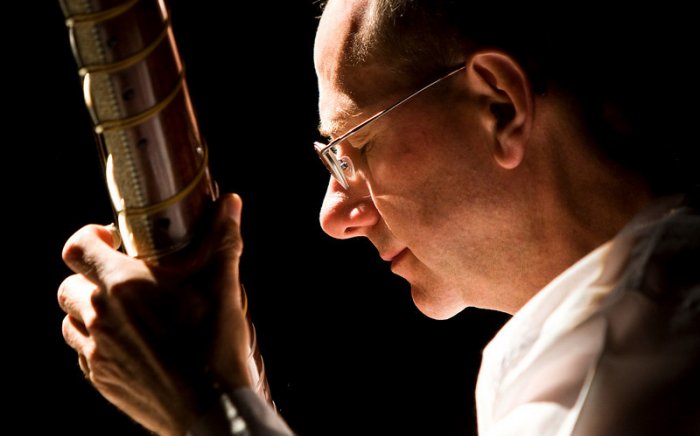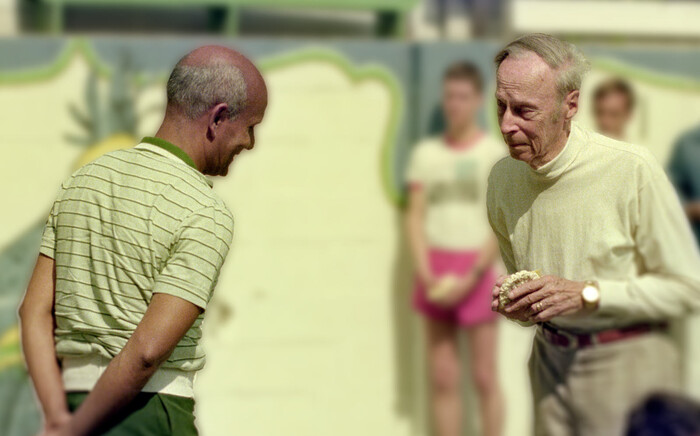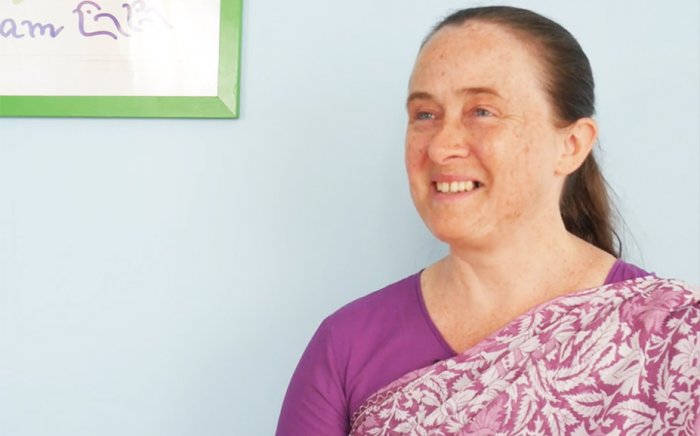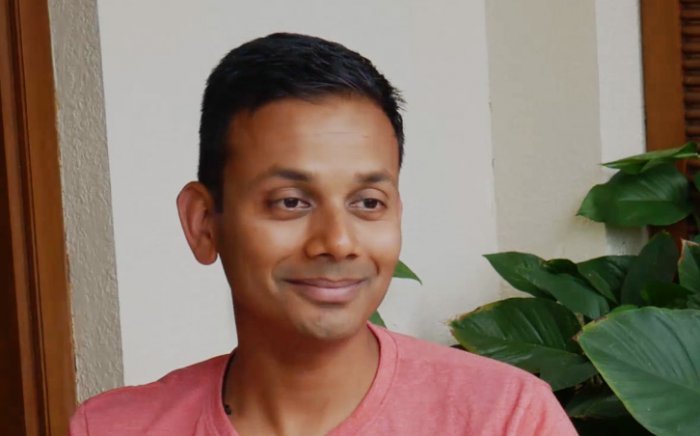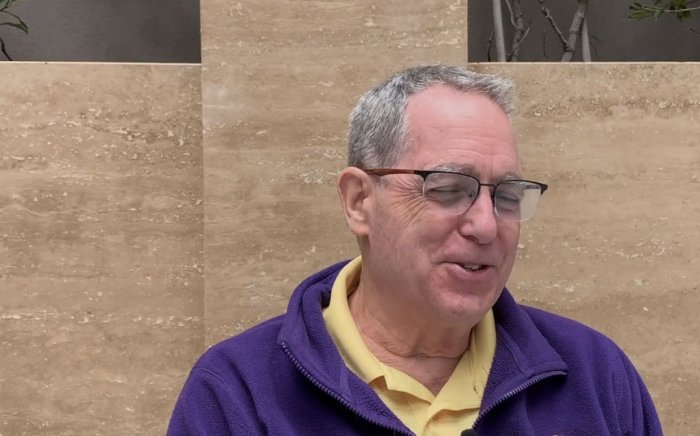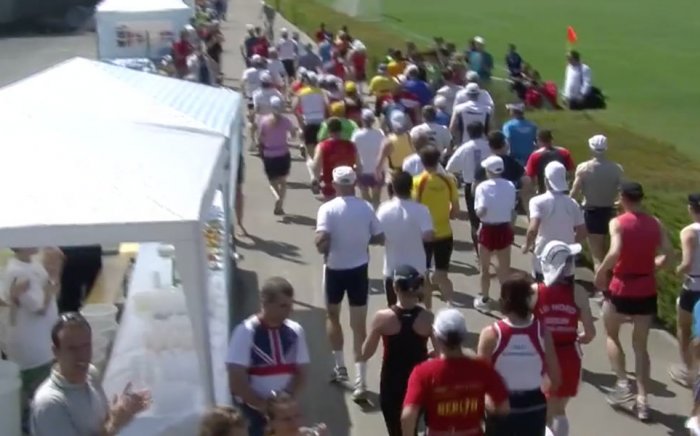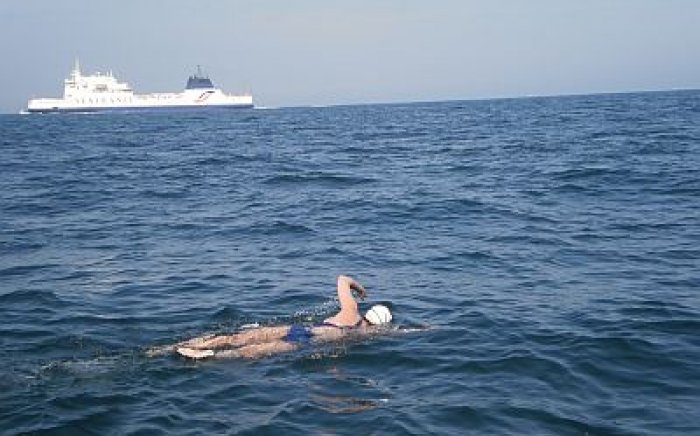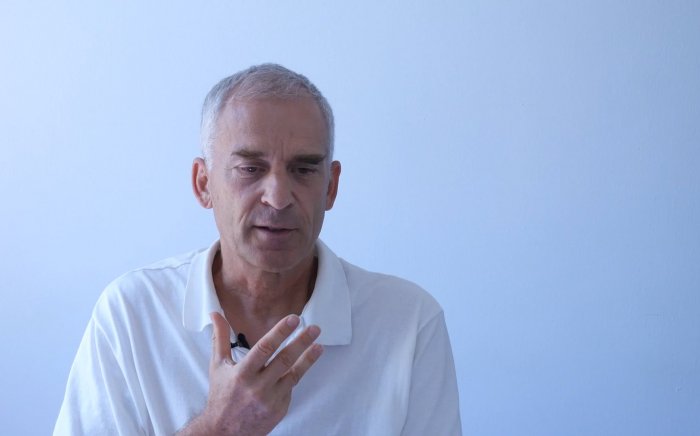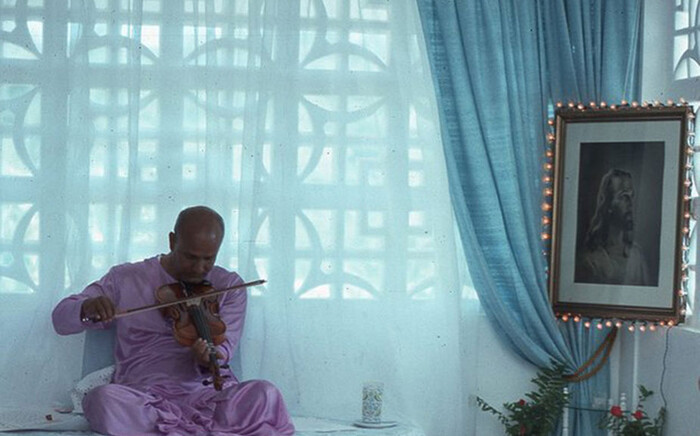Sometimes when you are plodding along in a multi-day race you feel a bit like . . well, a camel actually.
Of wheels and . . . camels
The blood that was spattered across the path stayed there for several days. I rather thought someone would wash it away, but no. It disturbed me. Fortunately I didn’t see the accident occur. During the weekend, Corona Park is full of people – and a lot of them ride bicycles.
Over the ten day period that I was in that park I developed a detestation of wheels in general. Feet! – that was the way a man should travel. There was something distressingly over-sophisticated, unnecessary, dangerous about that first of human inventions, the wheel.
I did worry about being run over by cyclists. Much more though I worried about them running over each other, running over other people or tumbling painfully off their frightening, wheeled mounts.
The Hassidic Jewish boy who bled all over the track did just that. Being a New Zealander, I was intrigued to see that a ‘Jewish ambulance’ came and took him away, but I was horrified to watch the blood dripping out of his face onto the ground. Another day I saw another unseated cyclist – this one with just grazed knees, but it fuelled my wheel-phobia.
Another day I watched in horror, as I often did, a wheeled maniac come careening down the steep bridge over the freeway. Mostly they survived. This day the reckless roller-blader failed to take the turn at the bottom, and went down like a sack of potatoes. By the time I got back to that point of the track again after a slow mile, he was still lying there, unmoving, covered with a black plastic rubbish bag. And a mile later. The next time I got back he was gone.
I saw a little kid riding an electric motorbike at high speed along the path. Why his doting father didn’t just hit him over the head with a concrete block and so spare us all the agonizing wait I didn’t know.
I wrote a learned essay when I was at university on the interrelationship between humans and camels.
The camel is such an efficient means of moving goods and people, that, over its entire natural range, the use of wheeled transport died out completely from the end of the Roman Empire until the arrival of the European imperialists with Napoleon and the like.
This had huge benefits, quite apart from making it possible to run in the parks of medieval Damascus without risking collision with a roller-blader.
One benefit was in town planning. Roman city streets were the width of two ox-cart axles . . . plus a little more. With only the width of two camels to accommodate, a wheel-less city could have much narrower streets. In a hot climate such narrow streets, combined with tall buildings, created a cool street-level environment much more pleasant for the town inhabitants. Such towns were much more 'human' places to live than the wheeled city. As Prince Charles was to say many centuries later, ‘If you design with the pedestrian at the centre, not the car, then you tend automatically to produce a more livable community.'
And while the rest of the world was sunk in parochialism because they could no longer maintain the roads needed for wheeled transport, the camel was happily carrying the stuff of commerce and intellectual life across the roughest terrain, maintaining a highly developed civilization. While
my ancestors were desperately trying to push a handcart through the sucking mud of the Irish bogs just to get it from the house to the pig sty, scholars in Constantinople and Baghdad were exchanging ideas on science, astronomy and metaphysics, with men in Tangiers and Andalusia.
They say that the bite of a camel can be fatal – it can cause a lot of physical damage but then the germs in the camel's mouth cause infection which leads to death. But how many people have ever actually been killed by being bitten by a dirty-toothed camel . . . as opposed, that is, to all those run down by reckless men on bicycles?
Happily would I have shared the path around Corona Park with sharp-fanged camels if we could have been spared the bike and skating crowd.
Camel, my camel,
Your forbearance-height
Is God’s Reveleation-Light.
Inside the vast expanse
Of futility’s desert-hush,
You want to found
Divinity’s Triumph-Right.
- Sri Chinmoy
The patron saint of ultra-runners
*****************************************************
Links:
The
Self-Transcendence Ten Day Race was founded by
Sri Chinmoy
Details of the race - results, photo galleries and such like - can be found at the race webpage -
2006 Self-Transcendence 6 & 10 Day Races
The poem about the
camel is taken from Sri Chinmoy's book
Animal Kingdom
